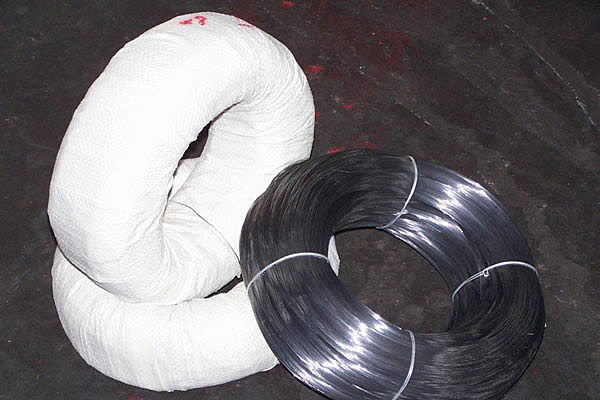 TEL:
+86-13102802206
TEL:
+86-13102802206
 Email:
fencenetting@china.com
Email:
fencenetting@china.com
 Language
Language
 TEL:
+86-13102802206
TEL:
+86-13102802206
 Email:
fencenetting@china.com
Email:
fencenetting@china.com
 Language
Language


Understanding 16 Gauge Iron Wire Uses, Properties, and Applications
16 gauge iron wire is a versatile and robust material widely used across various industries, crafting, and construction sectors. Its diameter, approximately 1.29 mm, positions it between the finer and coarser gauges of wire, giving it a balance of flexibility and sturdiness that makes it suitable for multiple purposes.
Properties of 16 Gauge Iron Wire
The primary material, iron, imparts significant strength to the wire. Iron wire is known for its durability and high tensile strength. It can withstand considerable stress without bending or breaking, making it ideal for applications requiring reliability and stability. Moreover, 16 gauge iron wire's malleability allows it to be easily bent and shaped without losing its structural integrity, which is essential for various crafting tasks.
The color of the wire typically varies based on the surface treatment; uncoated iron wire has a natural grayish tone, while galvanized wire, coated with zinc, features a shiny, protective layer that prevents rust and corrosion. This galvanized option is particularly popular for outdoor applications, ensuring longevity even in moist or variable weather conditions.
Common Uses of 16 Gauge Iron Wire
1. Crafting and DIY Projects One of the most popular uses for 16 gauge iron wire is in crafting and DIY projects. Crafters appreciate its ability to hold shapes while being easy to mold and twist. It is often used in making sculptures, floral arrangements, and jewelry, providing a sturdy frame for intricate designs.
2. Fencing In the agricultural sector, 16 gauge wire is frequently employed for fencing applications. Its strength ensures that fences can withstand pressure from wind, animals, and other environmental factors. Whether for livestock enclosures, garden boundaries, or decorative purposes, this gauge provides a reliable solution.

3. Construction In construction, 16 gauge iron wire is utilized in various applications, including tying rebar and in concrete reinforcement. Its durability and tensile strength make it an excellent material for ensuring structural integrity and stability in buildings, bridges, and roads.
4. Electrical Usage Interestingly, 16 gauge wire also finds its way into electrical applications. While not as common as copper in wiring, it can still conduct electricity and is sometimes used in low-voltage applications. The wire’s conductivity can be enhanced through surface treatments.
Advantages of Using 16 Gauge Iron Wire
One of the primary advantages of 16 gauge iron wire is its cost-effectiveness. Compared to other materials like stainless steel or copper, iron wire is relatively inexpensive, making it an attractive option for budget-conscious projects. Additionally, its availability in various forms—such as coils or straightened lengths—offers convenience and flexibility for users.
Sustainability is another aspect to consider; many manufacturers are increasing their efforts to produce wire from recycled materials, making it an eco-friendly choice. The reusability of iron wire also adds to its green credentials, as it can be melted down and repurposed after its initial use.
Conclusion
In conclusion, 16 gauge iron wire is a highly adaptable material with numerous applications across crafting, agriculture, construction, and more. Its ideal balance of strength and flexibility, combined with cost-effectiveness and sustainability, makes it a staple in various industries. Whether you're a professional in construction or a hobbyist working on crafts, understanding the properties and uses of 16 gauge iron wire can enhance your projects and solutions. As industries continue to innovate and expand, this humble wire remains an invaluable resource in our everyday lives.